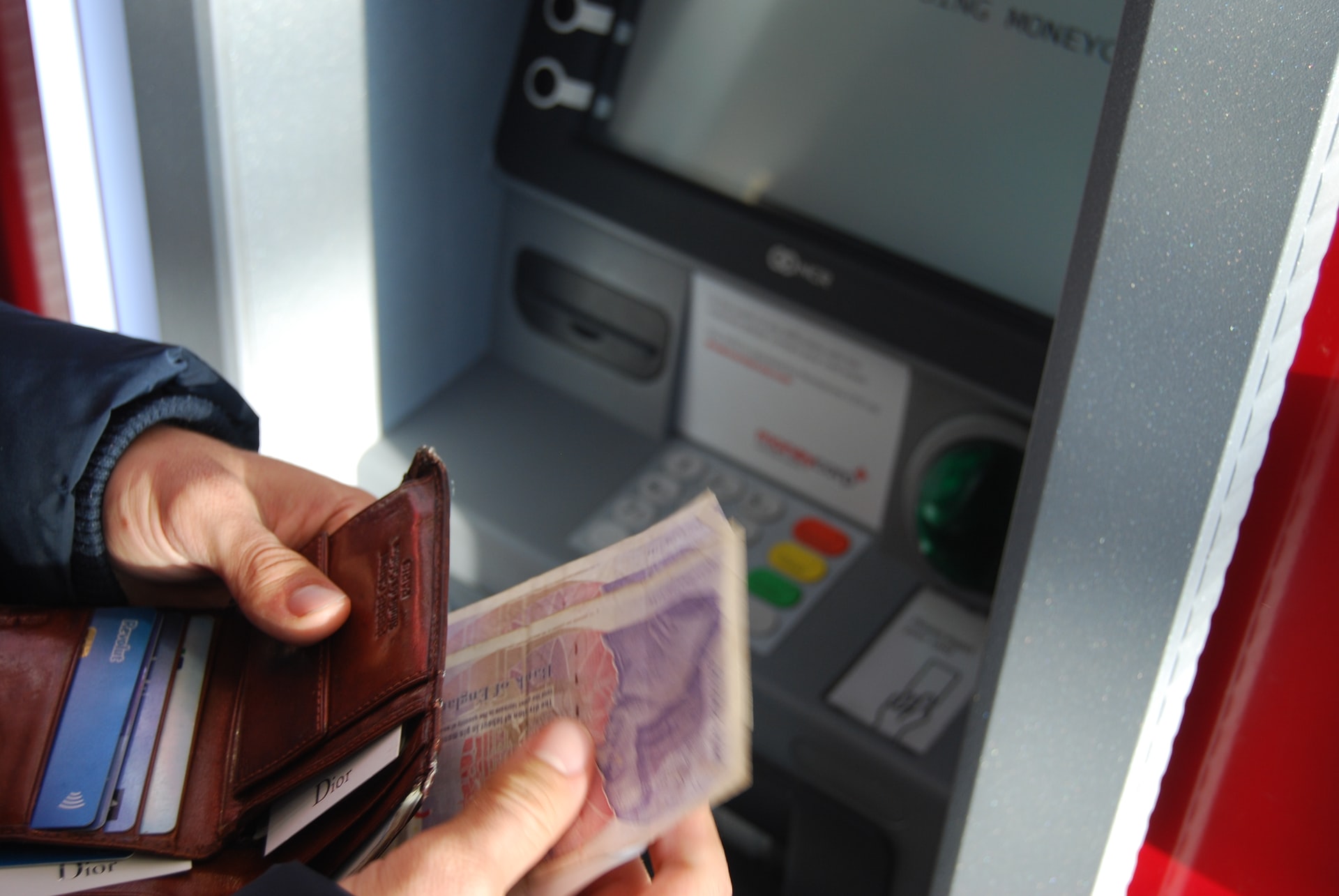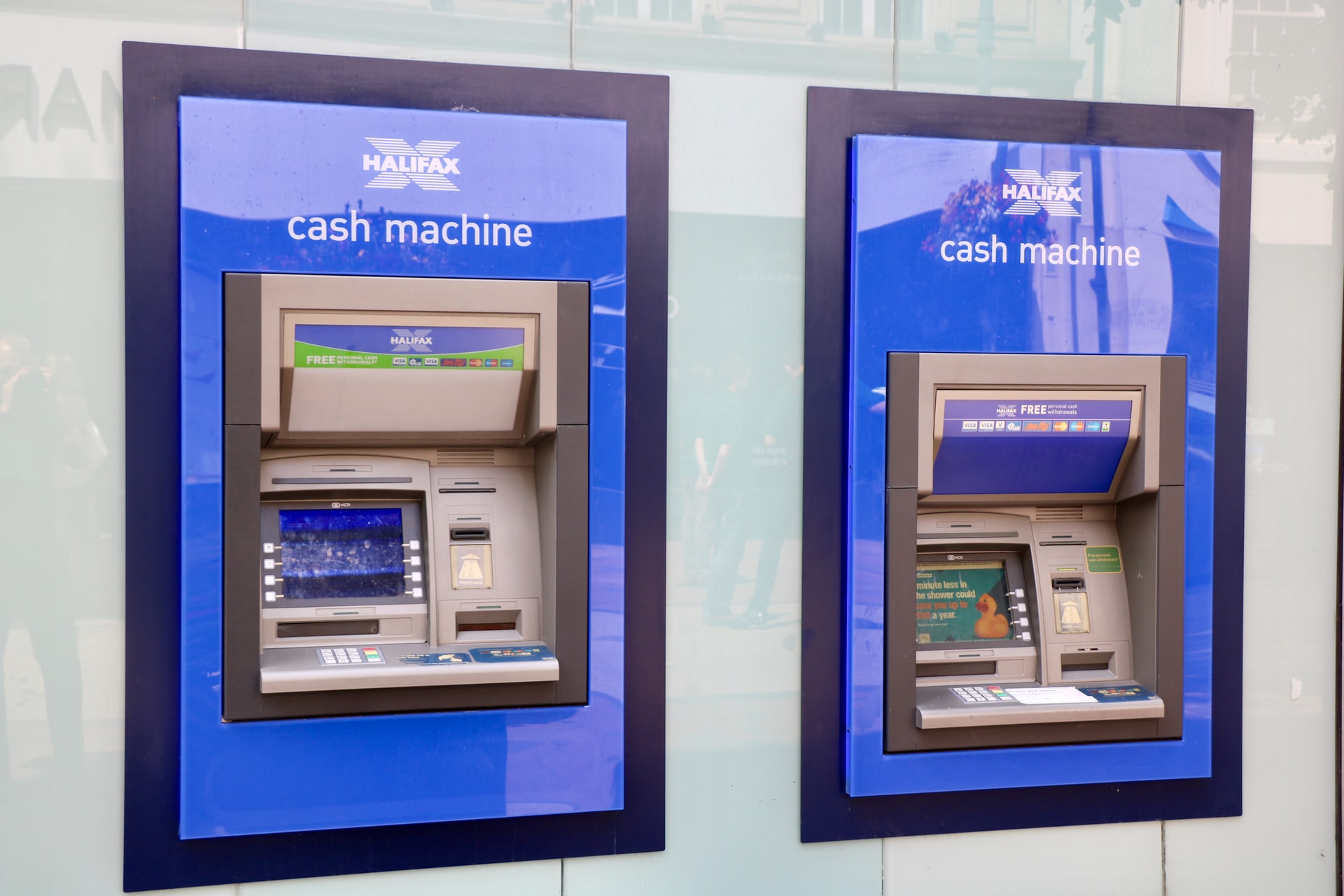28/10/2020
In 1967, the first ATM in history opened in London. It was in a Barclays office and the first to withdraw money – in a photo that remains for posterity – was the actor Reg Burney, one of the stars of the time.
The invention worked from day one. It made it possible to withdraw money at any time and combat the rigidity of office hours. It was a win-win situation for the customer, who could have cash at any time, and a win-win situation for the bank, which could devote more resources to earning money without having to do cashier work.

The invention was the work of a Scotsman who worked in London but lived in the countryside. I used to go on Saturdays to the bank (which was open from 9 am to 12:30 pm) to withdraw the week’s money. In 1965 he was late for a minute and began to wonder how to get money without being attended by a person.
The answer came from the chocolate vending machines, which were already in operation at the time. But a mechanical method was needed to make the machine understand that the person in front of it was a customer and not someone who wanted to get free money. Before the appearance of cards, he used checks impregnated with carbon 14.
John Stephen-Barrow, as the inventor was called, was also the architect of another of today’s most widely used security methods: the PIN code. The four-number code has become universal, but this is not due to any technical reason. Shepherd-Barron thought he was able to remember six digits of his soldier’s number, but when he consulted his wife she replied that he was able to remember four.
Today the ATM has spread throughout the world. They arrived in Spain in 1974 -the first one was installed in Toledo- and today it is the first European country and second in the number in proportional number per inhabitant, only behind Japan.

But… are ATMs safe and relevant today? Has your expiration date already arrived?
A recent report by Auriga reveals that ATMs are the weakest link in bank security. Cybercriminals have realized that ATM networks are often one of the weak spots in a bank’s security infrastructure. One of the main reasons is that there is a lot of legacy hardware and software in them because it is very expensive and difficult to upgrade.
About 40% of ATMs worldwide use older operating systems, making them even more vulnerable to breaches. In addition, one of the main attack vectors for ATMs is the XFS layer, the standard middleware designed to allow software from various vendors to run on manufacturers’ ATMs and other equipment.
When it comes to ATMs, anti-malware solutions are not enough, as they are designed to protect PCs and laptops. ATMs are critical infrastructure devices that must be available 24 hours a day, 7 days a week, so they require increased protection and a different approach.
The best option – experts say – is to a centralized security solution that protects, monitors and controls ATM networks, thereby managing the entire network of banking assets from a single location and taking appropriate measures, such as preventing malware from spreading across the network from infected ATMs.
The truth is that, although it is up to companies and banks themselves to ensure the cybersecurity of their accounts, users are increasingly moving away from ATMs. Although driven primarily by the pandemic, the numbers are stark: the number of ATM cash withdrawals is down 52% from last year.

The numbers refer to the toughest period of the confinement and are more than likely to improve, but they already reflect a trend in the Spanish consumer: less attachment to physical money and more reliance on electronic media. According to Nielsen data, 54.1% of payments made between March and May were by card, compared to 38.5% before the pandemic.
Stores have reopened, but customers are not abandoning plastic. Governments in 31 countries have contributed to this by raising limits on contactless payments (and card companies are pushing for further increases). Those of Visa and Mastercard, two card networks that account for 94% of transactions processed outside China, increased by more than 40% in the first quarter of 2020 compared to the same period in 2019.
And there is life beyond the cards. Payments are increasing with Bizum, PayPal, smartwatches and, of course, cell phones. Amazon is already testing a palm recognition system. QR payments are the order of the day, and biometric payments, which identify the customer’s face and allow you to pay without using your hands, are already a reality.
Is this the end of the ATM era? It is too early to tell, but it is certainly time to strengthen their security. Despite the pandemic, which will lead to a reduction in IT budgets, investment in cybersecurity will grow in 2021. Already this year it grew from 23% to 26% for SMEs, and from 26% to 29% for large enterprises, and 71% of organizations also expect their cybersecurity budget to grow further over the next three years, according to Kaspersky data. Important for everyone, for cashiers it has become a top priority. A matter of survival.









